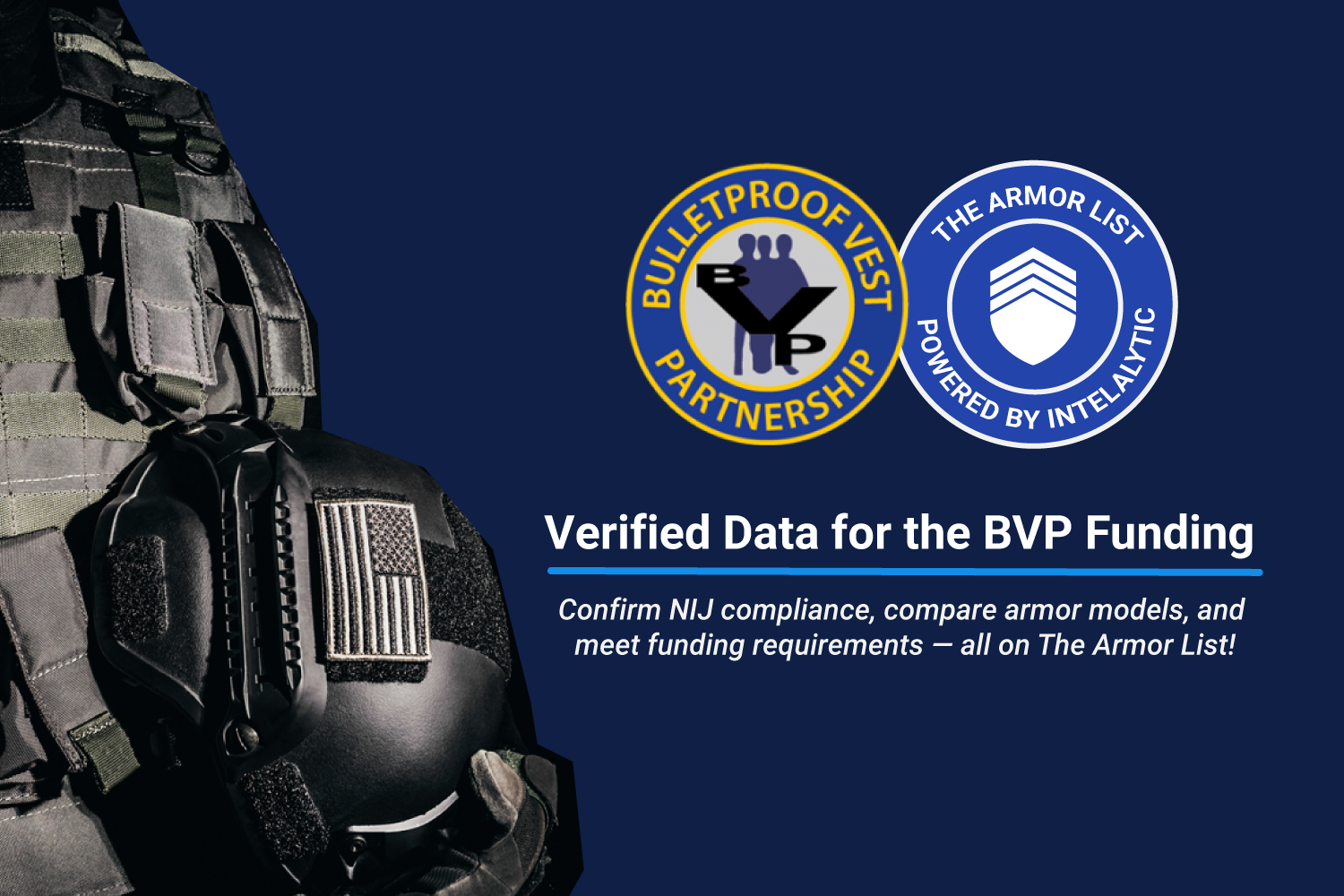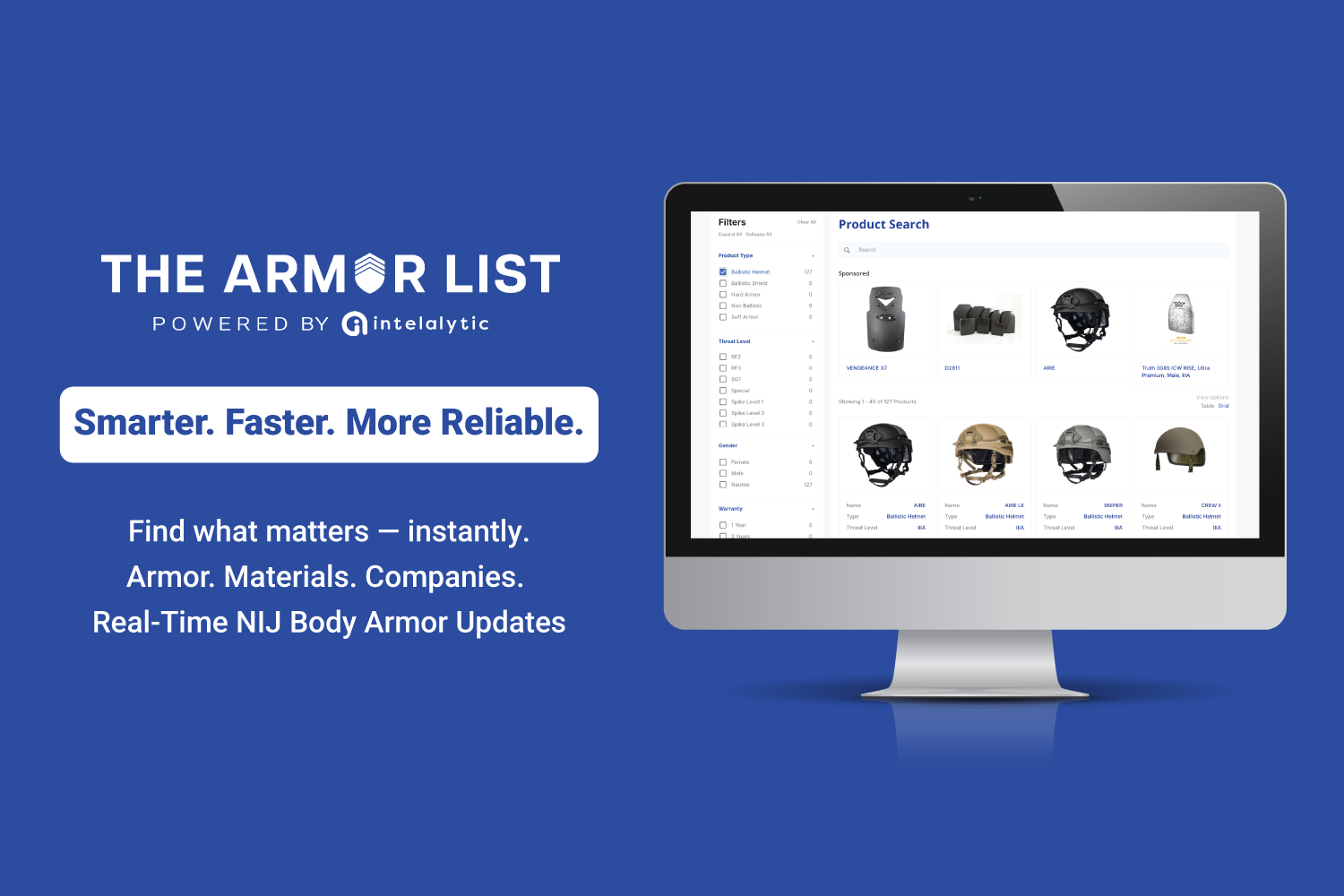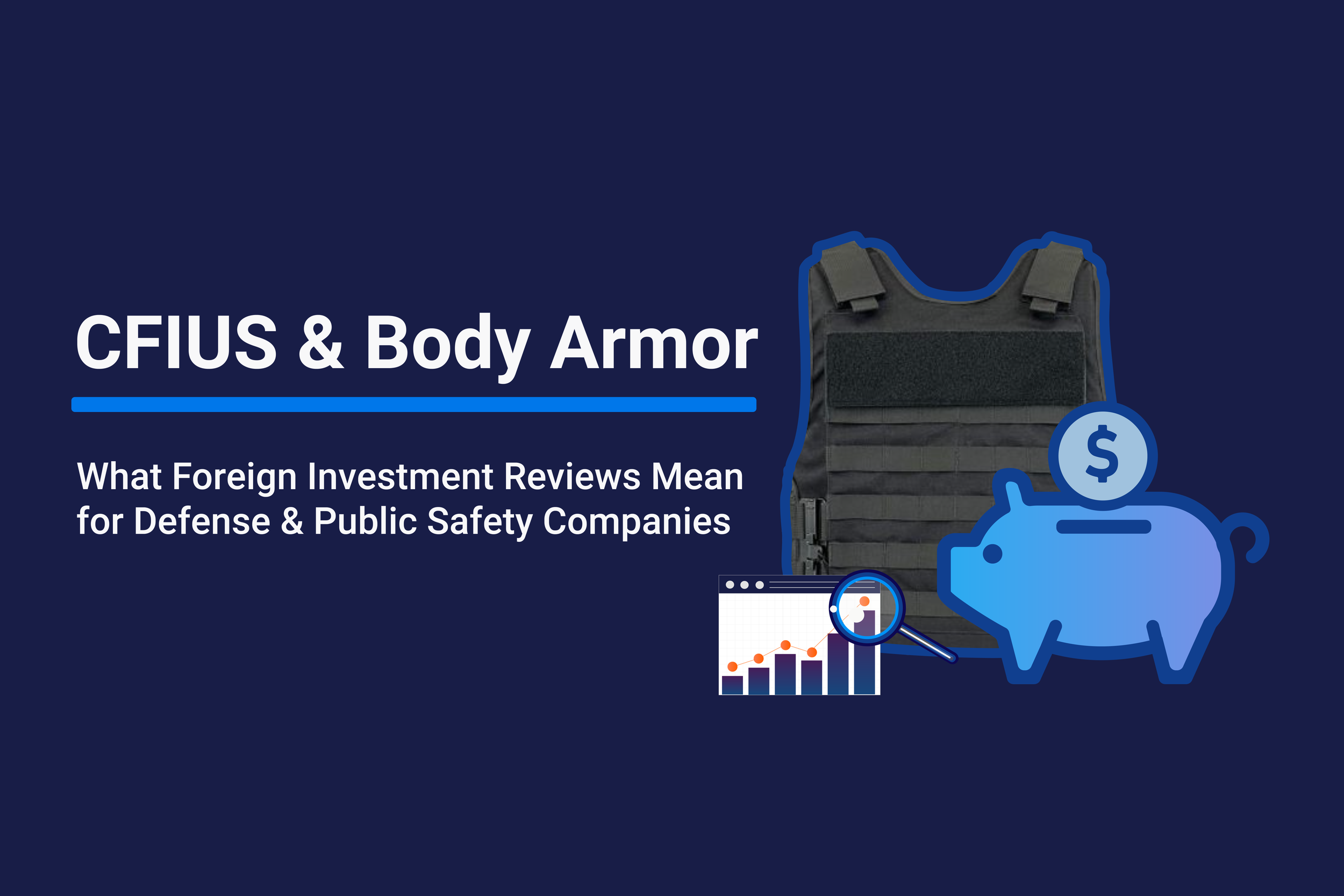Red Flags to Watch Out for When Purchasing Body Armor: A Guide for First Responders
Purpose
First responders rely on body armor for protection in high-risk situations. Ensuring this vital equipment meets the highest safety and quality standards is crucial. This guide aims to help identify potential red flags in the procurement process, ensuring that first responders receive reliable and effective protection.
Applicability
This guidance is intended for procurement officers, safety coordinators, and anyone who selects and purchases body armor for first responders, including law enforcement, firefighters, and emergency medical personnel.
Background
The body armor market is diverse, with products varying widely in quality, certification, and manufacturing standards. Recognizing red flags during procurement can prevent the purchasing of substandard or counterfeit products. This guide outlines the potential risks and best practices to ensure the safety and effectiveness of body armor.
Red Flags to Watch Out For
1. Certification
Importance
Certification is crucial in verifying that body armor meets specific safety standards. Certifications from recognized organizations, such as the National Institute of Justice (NIJ), ensure the armor's performance and reliability.
Red Flags
Lack of NIJ Certification: Body armor without NIJ certification may not provide adequate protection.
Unverifiable Certification Documentation: The inability to confirm the certification through official channels is a significant concern.
Discrepancy in Pricing: Armor that claims to be certified but is significantly cheaper than other certified products should be scrutinized.
Best Practices
Verification: Always verify the NIJ certification through the official NIJ Compliant Product List.
Request Documentation: Ask for detailed certification documents from the supplier.
Price Check: Be cautious of prices that seem too good to be accurate; they often are.
2. Material Quality
Importance
The materials used in body armor significantly impact its effectiveness and durability. High-quality materials like aramid fibers (e.g., Kevlar) and ultra-high-molecular-weight polyethylene (UHMWPE) are essential for reliable protection.
Red Flags
Lack of Material Details: Sellers who do not provide specific information about the materials used should be avoided.
Generic or Unspecified Materials: Vague descriptions of materials can indicate inferior quality.
Suspiciously Low Prices: Armors made from high-quality materials should not be sold unreasonably lowly.
Best Practices
Request Specifics: Ask for detailed information on the materials used in the body armor.
Research Suppliers: Verify the credibility of the materials and their suppliers.
Avoid Vague Descriptions: Steer clear of products with insufficient material descriptions.
3. Manufacturing Standards
Importance
Adherence to stringent manufacturing standards ensures consistent quality and reliability of body armor. ISO certification is a good indicator of a manufacturer’s commitment to quality.
Red Flags
Lack of ISO Certification: This could indicate potential quality control issues.
Poor Workmanship: Signs of poor construction, such as uneven stitching or loose threads, are red flags.
Inconsistent Quality Control: Lack of detailed information on quality control measures can be concerning.
Best Practices
Check for ISO Certification: Ensure the manufacturer is ISO 9001 certified.
Inspect Samples: Examine samples for quality artistry.
Request QC Processes: Ask for detailed information on the manufacturer’s quality control processes.
4. Seller Credibility
Importance
Purchasing body armor from reputable sellers ensures its authenticity and reliability. Established suppliers have a proven track record of delivering high-quality products and reliable customer support.
Red Flags
New or Unknown Sellers: Limited or no reviews and lack of history can be concerning.
Negative Feedback: Complaints or negative reviews about the seller should not be ignored.
Vague Warranty Terms: Unclear or inadequate warranty terms may indicate a lack of commitment to product quality.
Best Practices
Research the Seller: Look for reviews and testimonials about the seller’s reputation.
Check Customer Support: Ensure the seller offers robust customer support and clear warranty policies.
Avoid Sellers with Poor Track Records: Stick to sellers with established, positive histories.
Case Studies: Real-World Examples of Red Flags
Counterfeit Kevlar
Scenario: A law enforcement agency discovered counterfeit Kevlar in a batch of body armor purchased from an uncertified seller. The counterfeit material failed during ballistic testing, putting officers at risk.
Lesson: Always verify the authenticity of materials and purchase from certified, reputable sellers.
Substandard Manufacturing
Scenario: A batch of body armor produced in a region with lax manufacturing standards failed NIJ testing. The armor had inconsistent stitching and inadequate ballistic protection.
Lesson: Ensure the armor is produced under stringent quality controls and adhere to recognized standards.
Questionable Certifications
Scenario: A fire department purchased body armor, claiming NIJ certification at a significantly lower price than competitors. Upon verification, the certification was found to be fraudulent.
Lesson: Always verify certifications through official channels and be wary of meager prices.
Final Thoughts
The safety of first responders hinges on the quality and reliability of their body armor. Agencies can ensure they provide their personnel with the best possible protection by being vigilant and recognizing potential red flags during the procurement process. Utilize platforms like IntelAlytic's "The Armor List" to make informed, transparent, and secure purchasing decisions.
IntelAlytic invites all first responders and procurement officers to explore "The Armor List" for comprehensive information on certified products, reputable suppliers, and compliance standards. By leveraging our platform, you can ensure your teams' highest level of safety and protection. Contact IntelAlytic today to learn more and start your journey towards safer, more reliable body armor procurement.
Learn More
Learn more about The Armor List
Explore IntelAlytic Services
Follow us on LinkedIn for daily tips and resources





